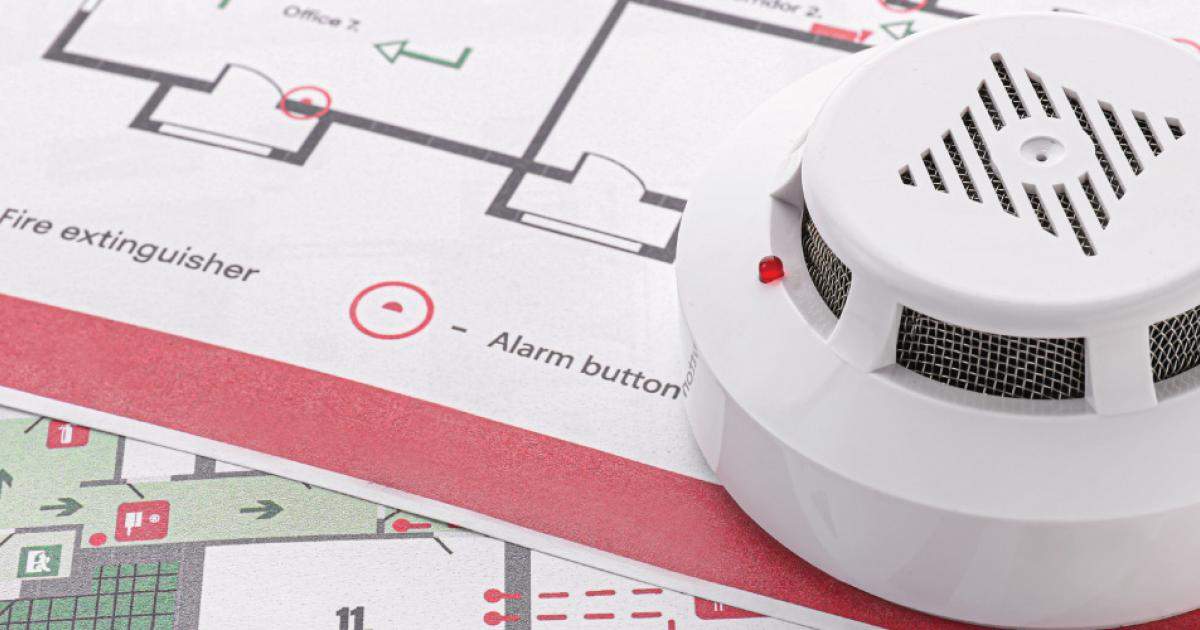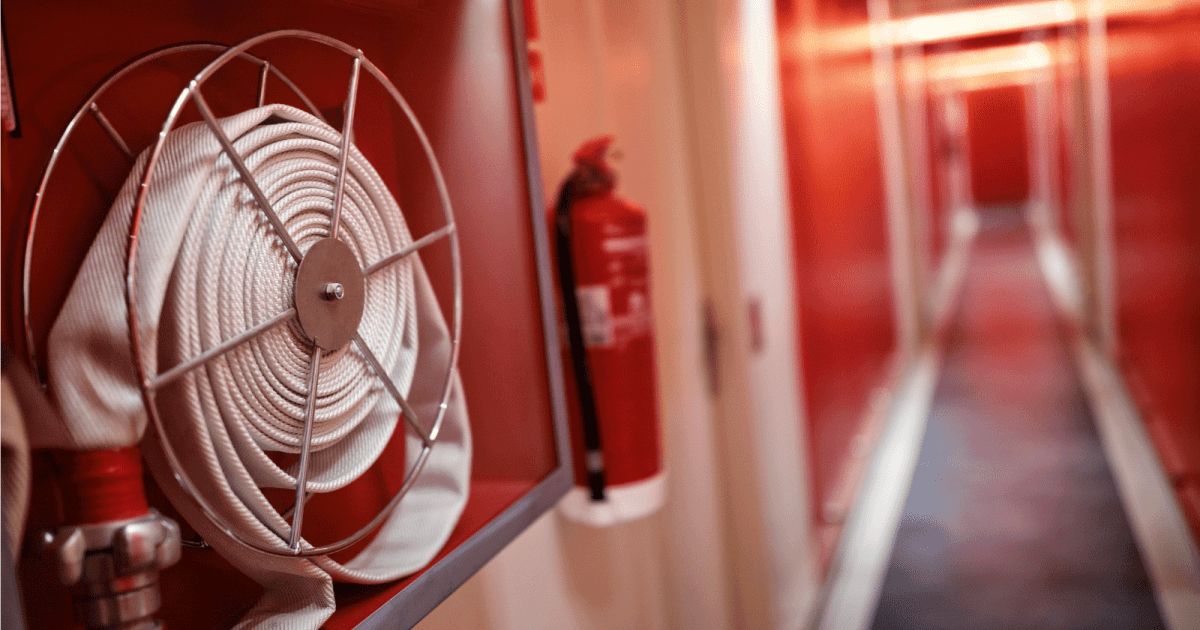However, they are not without cost to the environment. That is why, more designers and developers are looking to low-impact building solutions, such as green roofs, to reduce their carbon footprint and provide habitat for wildlife.
Why are green roofs important?
To understand why green infrastructure is becoming so important as an integral part of contemporary architecture, we must investigate its benefits. Green roofs go beyond the meaning of contemporary architecture and give a new value to the role of buildings within urban planning.
They are designed not only to bring back the natural element in the urban environment but also to provide solutions for important issues such as urban heat island effect and stormwater management. Vegetated surfaces in cities help reduce the amount of dangerous smog in the air. Furthermore, they act as artificial habitats for various small animals and insects.
The design of buildings has evolved over the years, but the function of buildings largely remains the same: usability, protection, comfort, warmth in winter and coolness in summer. However, they are not without cost to the environment. That is why, more designers and developers are looking to low-impact building solutions, such as green roofs, to reduce their carbon footprint and provide habitat for wildlife.

Green spaces, particularly gardens, are also said to benefit the health and well-being of the elderly, especially those suffering with dementia. The World Health Organization’s regional office in Europe recently released a report highlighting that increased urban greenery — such as “street trees, green walls and roofs” — in certain European streets led to lower rates of antidepressant prescriptions.
So how do green roofs work? Will they work in any climate?
Local climatic conditions must be considered when planning green solutions. Results may differ from one climate area to another, however, studies have consistently confirmed that green roofs provide significant advantage in just about any climate. They have scientifically confirmed the capacity of green roofs to intercept both smog and solar radiation and work to facilitate cooling, observing significant differences surface temperatures.
And there are plenty of Urbanscape® green infrastructure examples all over the globe, that have been widely approved by both the architectural community and users who encounter them in daily life:
- Retail Park 2, Champniers, France







